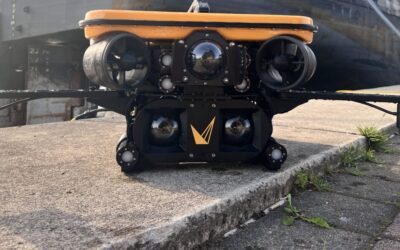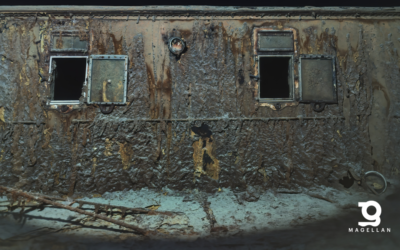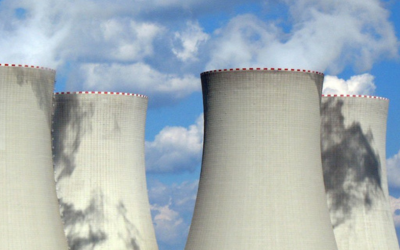Subsea pipelines are an integral component of offshore oil and gas production and are one of the most discussed topics in the subsea survey community. Ongoing inspection of these assets is critical for reducing environmental risk while also allowing for a more surgical approach to their repair and maintenance. Over the years, the techniques for pipeline inspection have evolved from the manual “click and scroll” method to a point now where we have real-time 3D models with machine learning for automated eventing and reporting. This is the premise for moving towards “Automated Pipeline Inspections”.
With the growing utilization of AUVs and increased pressure on offshore oil and gas budgets, automating pipeline inspection has become the new standard. The latest technologies and sensor packages are providing levels of data quality that only a few years ago seemed a pipe dream, allowing companies to make objective and informed decisions on their subsea assets. Listed below are the latest subsea sensor technologies that are essential for automated pipeline inspection.
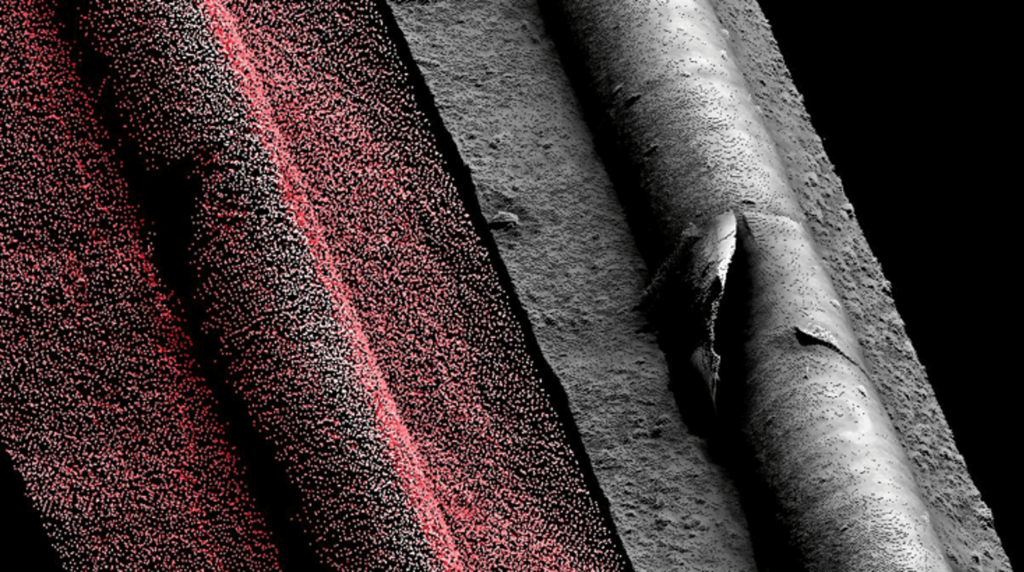
Subsea Dynamic Laser Scanners
Extremely high-resolution true-scale 3D point cloud models that deliver quantifiable data for automation and real-time machine learning. Capable of detecting anomalies including dents, buckling, out-of-roundness — along with enabling predictive maintenance through modeling free-spans, nearby debris, anode volume/depletion rates, and pipeline movement. The industry-leading resolution provided by laser scanning systems, such as the Voyis Insight product line, enables pipeline tracking, anomaly eventing, and structural referencing, unlocking the best possible 3D data for advanced capability.
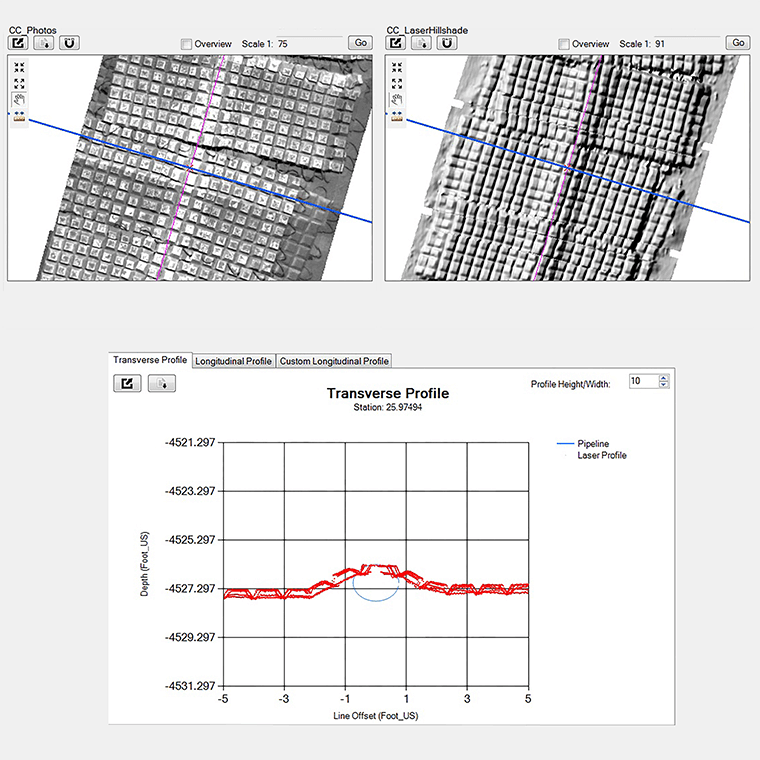
Stills Cameras
Clear and crisp stills images with time-synchronized geo-tagging, all while operating simultaneously with a laser scanning system. The combination of the latest super-sensitive sCMOS sensors coupled with highly power efficient LED strobe lights has paved the way for useful imaging at high vehicle speeds. A subsea purpose-built stills camera is able to generate a photo mosaic that can be draped over 3D laser models for consolidated analysis. Selecting a system with advanced parameters such as high dynamic range (bit depth) and extreme sensitivity, such as the Voyis Observer product line, will allow users to get more out of every image with real-time image enhancements/corrections.
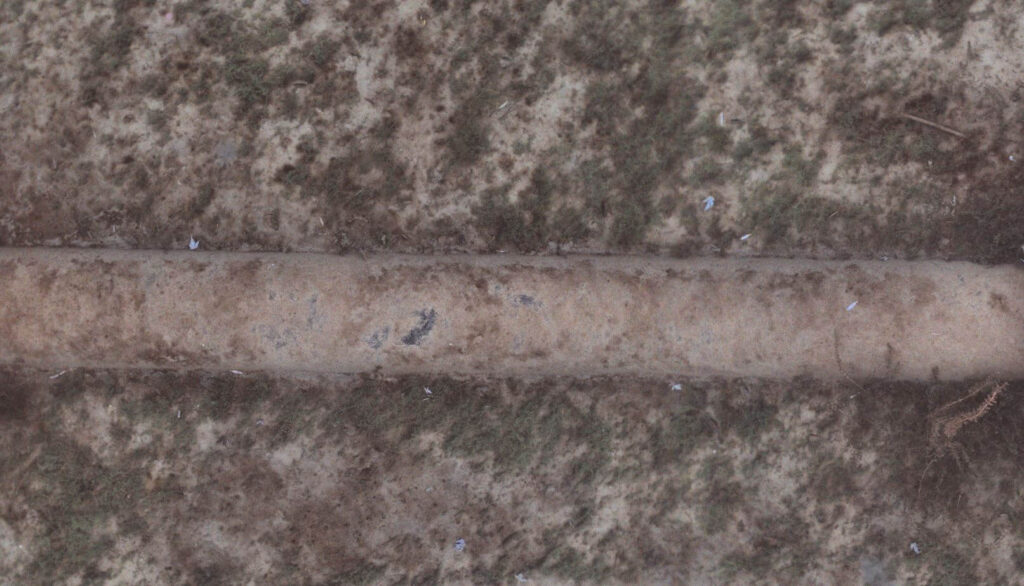
Positioning Solutions
Surveying pipelines on-the-fly requires a survey-grade positioning solution, without which, all the sensors have no real-world reference. A non-survey-grade positioning solution will produce localized drift and compromise measurement accuracy. The positioning solution includes an Inertial Navigation System (INS) with a coupled doppler velocity log (DVL), USBL/LBL transponder, depth sensor, and Sound Velocity Sensor (SVS). These positioning sensors provide a highly accurate, time-synchronized, positional reference to both enable dynamic 3D modeling and provide an understanding of asset features in real-world coordinates. The SprintNav and ROVNav product lines are perfect examples of suitable survey grade positioning components for automated pipeline inspection.
3D Mapping Sonar Systems
Including synthetic aperture sonar, side scan sonar, multi aperture sonar, and multibeam echosounders, these sensors offer complimentary lower resolution data for general inspection and qualification. Functional in most water conditions, these sonar systems can generate a broader model of the surrounding seabed and asset while offering initial detection of potential concern areas to further validate with higher resolution sensors.
Sub-Bottom Profilers
A sensor capable of providing a quantifiable model of the asset below the surface. These acoustic signals penetrate the seabed to gain an understanding of the buried pipeline while also beneficial for locating and automated pipeline following.
Non-Contact AUV Integrated Cathodic Protection System
A relatively new solution offered by Ocean Floor Geophysics that offers contactless anode measurements without the need for stopping and stabbing each anode. This array of probes monitors electrical potential as the AUV traverses over the pipeline, automatically locating and assessing the health of the cathodic protection. This sensor provides a deeper understanding of the electrochemical potentials and thus an anode health measurement that is independent and complementary to the anode size measurement that is assessed with the laser and imaging solution.
Utilizing the full suite of these sensors for your autonomous pipeline inspection will enhance the data quality and accuracy of your pipeline survey, with the added benefit of simplifying the analysis through automation. The future of subsea inspections and the role automation plays in enhancing surveys will contribute to minimizing time-to-results and simplifying data analysis workflows, while offering certainty in decision making. Gaining confidence in machine learning can allow us to reduce offshore personnel and drive towards a cloud-based infrastructure with remote operating stations and onshore evaluations, ultimately offering a safer workplace along with cost-beneficial project implementations.


